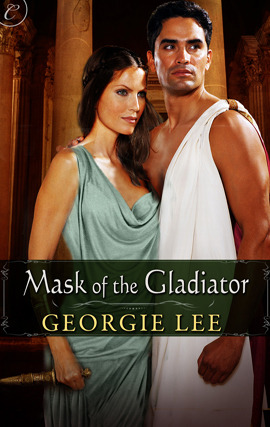In the early nineteenth century, medical schools had two sources for the cadavers they needed in order to train new doctors: those rare altruistic individuals who left their bodies to science, and executed criminals. In the case of those who volunteered their bodies, any objection from a surviving relative could block the donation. In 1752, the British Parliament passed “An act for better preventing the horrid crime of murder.” It decreed that the bodies of executed killers should be delivered to surgeons, and “dissected and anatomized...but that in no case whatsoever the body of any murderer shall be suffered to be buried; unless after such body shall have been dissected and anatomized as aforesaid.” At the same time as medical education began to advance, however, the rate of executions declined, until by the early 1800s the need for bodies far exceeded the available supply of anatomical specimens. Thanks to this ever-increasing shortfall, medical schools paid top dollar for donor cadavers—eight to ten guineas a corpse—and tended not to ask questions.

"The Anatomist Taken by the Watch...Carrying off Miss W--- in a Hamper" shows Dr. William Hunter and an accomplice caught in the act of bodysnatching, 1773.
Body snatchers, also known as “resurrection men,” were especially active in London and Edinburgh, the two principal centers of British medical education. To fight back, area graveyards built watch-houses and hired armed security guards called beadles. Some of the bereaved even encased their loved ones’ graves in iron bars called mortsafes, or employed the kind of booby-traps mentioned above. Bodysnatchers responded by bribing the beadles and tunneling into fresh graves from a careful distance.

Dr. Robert Knox dissecting a cadaver. The caption "Nox, somni genetrix" means “Night, the mother of sleep,” playing on Knox’s name and his role in the Burke & Hare murders.
Burke and Hare’s murders were so well known that they inspired copycats. One group called the London Burkers began as ordinary bodysnatchers, later admitting to having stolen between five hundred and a thousand bodies before they decided to take the lazy way out and augment the supply of dead bodies. The group committed at least four murders before the ringleaders, John Bishop and Thomas Williams, were caught and tried. They were hanged at Newgate on December 5, 1831, then their bodies were sent to medical colleges for dissection. In another case, a woman named Elizabeth Ross murdered a Whitechapel woman called Catherine Ross in order to sell her body to surgeons; Ross was subsequently hanged.
Alarmed by this emerging trend, the public sent up such an outcry that Parliament was compelled to pass the Anatomy Act of 1832. The act made it lawful for licensed anatomists to collect and dissect any body that went unclaimed, including those who died in prison or the workhouse. No longer did medical schools have to depend on executions—and bodysnatchers—to obtain anatomy specimens.
And what does any of this have to do with romance? Well, nothing much. But I personally believe that there’s no better excuse for cuddling up on a cold autumn night than sharing a scary story.
 Alyssa Everett's debut regency romance, Ruined by Rumor, is currently available from Carina Press, and her second regency will be out in March of 2013. She hopes you'll visit her website and follow her on Twitter and Facebook, where she promises not to spam you relentlessly.
Alyssa Everett's debut regency romance, Ruined by Rumor, is currently available from Carina Press, and her second regency will be out in March of 2013. She hopes you'll visit her website and follow her on Twitter and Facebook, where she promises not to spam you relentlessly.











